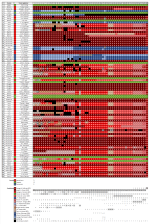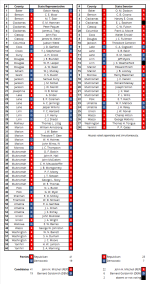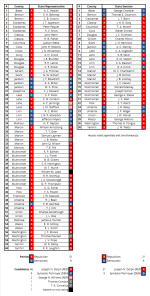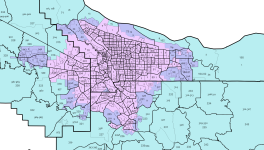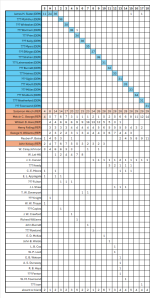It took a While, but here's 1895:
One would expect the two-term incumbent Dolph, having won an overall majority in the first ballot and only not being elected because he only won a majority in the State Senate and not the State House, to have been elected in the first joint ballot, but because this was Oregon, that did not happen. Instead, the Republicans, with supermajorities in each houses, took a whopping sixty ballots to choose someone.
One would expect the two-term incumbent Dolph, having won an overall majority in the first ballot and only not being elected because he only won a majority in the State Senate and not the State House, to have been elected in the first joint ballot, but because this was Oregon, that did not happen. Instead, the Republicans, with supermajorities in each houses, took a whopping sixty ballots to choose someone.


